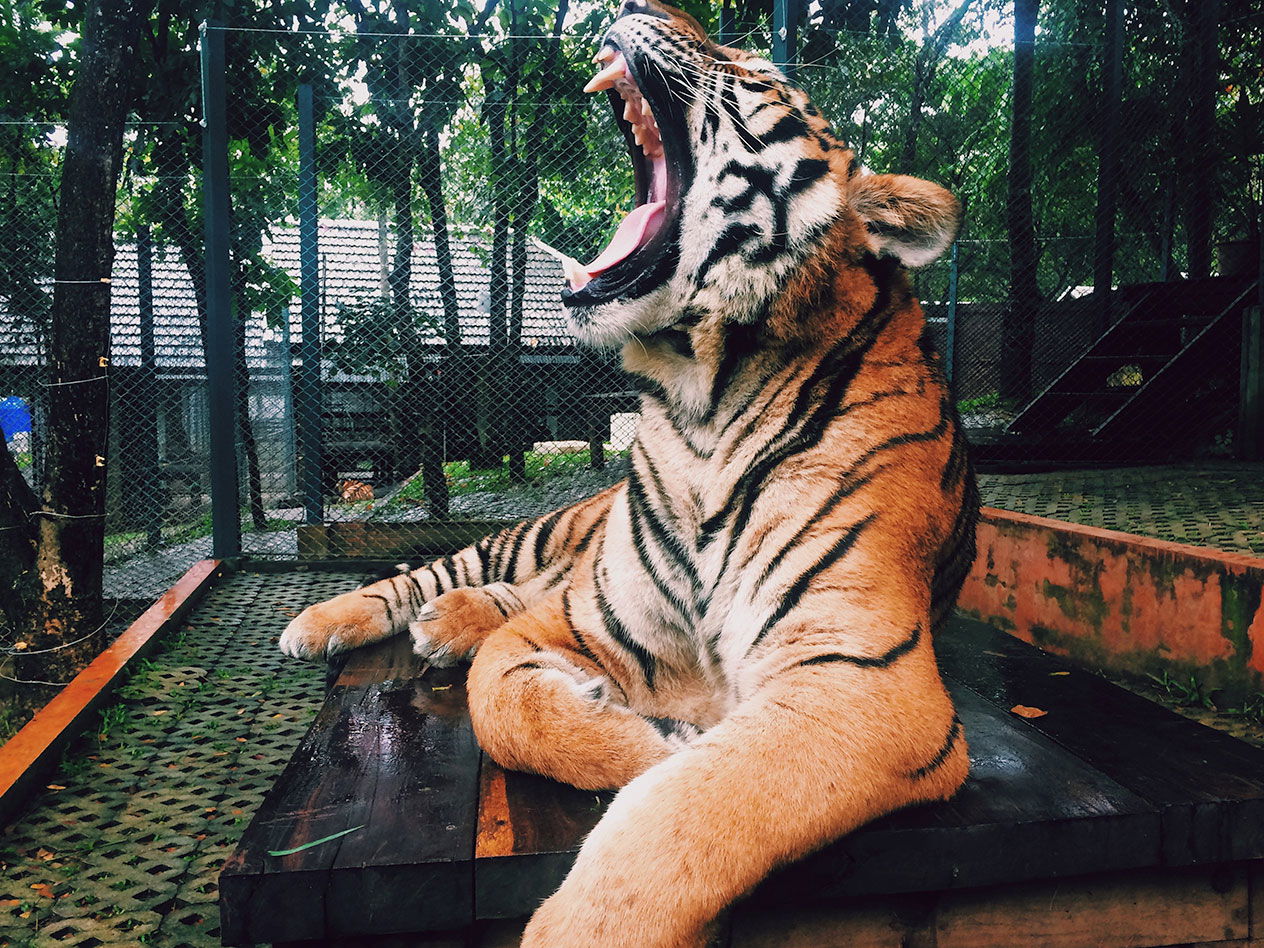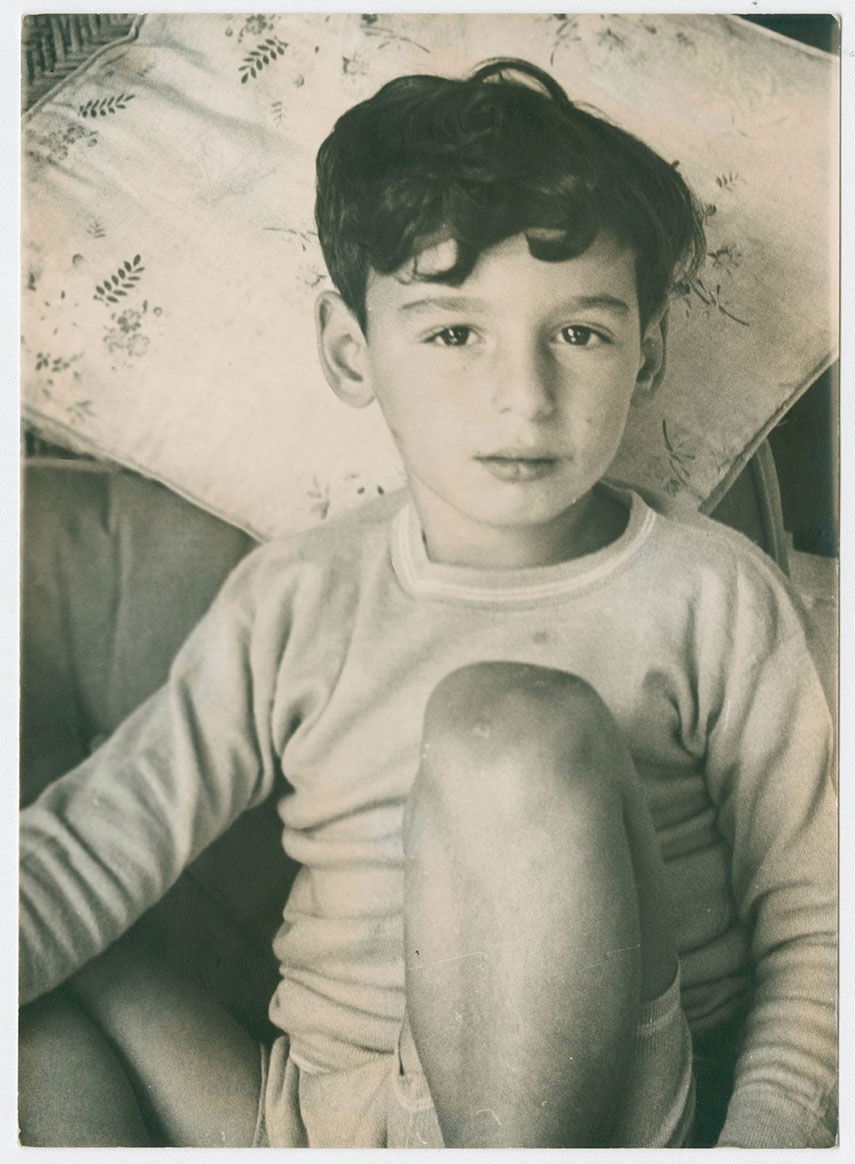As a scientist and author, I relate to the concept of Creative Nonfiction, since science is all about truth, and scientists strive to see the natural world creatively through a fresh lens, and a writer wants an audience. So I eagerly enrolled in a workshop on Creative Nonfiction taught by Lee Gutkind, acknowledged as founder of the genre.
To paraphrase what I heard in the workshop, Creative Nonfiction boils down to writing true stories, past or present, filtered through one’s mind – making truth personal, as it were. Truth, however, is slippery, and memory drifts as it adapts to the present. In creative nonfiction stories, as in most stories, truth is peppered with half-truths and imperfectly remembered events, as well as imagination and speculation. Creative Nonfiction dangles between a type of fiction and reality, which makes it personal, and when done well, captivating.
Whatever the story, the golden rule for a writer is that it must bring the reader into scenes visually and emotionally, as well as intellectually. Lee presented a working formula for creating scenes that will do this: start with action, bring in some backstory, more action, make the setting visually present, add details, more action, and so forth. It’s about immediacy and movement, creating compelling action in a setting the reader feels with as many senses as possible. The linked scenes tell the story. Lee emphasized the yellow marker test: highlight every scene of the written text. A passing grade has 50 – 60% of the manuscript highlighted. Makes sense; pure exposition is often a remedy for insomnia.

There’s also the need for conflict and suspense. An astute critic constantly asks, “What’s at stake?” As beautiful as it might be, a picture postcard makes a poor scene, and linked poor scenes don’t make a compelling book. On the other hand, a young boy leaning over the rail of a tiger’s den in the zoo, his arm extended trying to pet the tiger’s soft fur, creates concern. Oh, yes, the tiger’s mouth is wide open.pure exposition is often a remedy for insomnia.The boy’s arm, or worse, his life, is at stake. What happens in the next scene?
All this works in successful stories, whether in books, movies or plays.
But, I think, isn’t creativity also twisting something old into something new, regardless of scenes and conflicts? What about an uneventful path to a novel discovery? Must the path be loaded with vipers and cliffs along the way to hold attention? And what if the path is just a walk in a mundane neighborhood thinking about how much one loves one’s family, and why? Boring?
Why am I bringing this up?
I understand the need for craft – for scenes and conflicts – in writing, as in any skill and art, and believe it’s essential for a writer to learn it. But I have a built in resistance to doing anything like everyone else. I like to experiment. I like the idea that figuring out why what’s compelling is compelling! Perhaps that’s why I worked on jellyfish eyes as a scientist and collected Inuit art when I wasn’t in the laboratory. Take a random 100 scientists, and no one will even know that jellyfish have eyes; take a random 100 artists or art scholars, and no one will be able to name a single Inuit artist or recognize their sculptures.
I cover this in my memoir, about to look for a publisher:
Inuit art is almost unknown among artists, collectors, galleries and auction houses. The names of the Inuit artists are foreign and difficult, almost impossible, for us to pronounce. Who has heard of Judas Ullulaq (Ooloolah) or Barnabas Arnasungaaq? Who can locate Igloolik or Baker Lake on the map? Except for a very small group of Inuit collectors, no one. Inuit artists are virtually unknown to art critics and scholars. All art lovers recognize a Renoir painting or Giacometti sculpture and know well that Paris and Rome were major historical art centers. I equate these famous artists, and the hot new artists in the art market, to the so-called “bandwagon” in science, the populated fields watched and appreciated by everyone. Don’t misunderstand me. Bandwagon fields are popular for good reason: they’re filled with wonderful artists and key scientists from whom we benefit. They impact our views. But I found it satisfying – even creative – in learning to link the obscure names of Inuit artists with their little-known work in the distant and frigid Arctic, as I was drawn to shadows hidden from popular glare by studying the eye lens of invertebrates, including jellyfish.
Pure exposition is often a remedy for insomnia.
Also, the key issue of the need to have something at stake comes up in some of my short stories. The teacher exiles Juan to another room as punishment for talking in class in Little Boy Juan. Ten-year-old Juan sits alone in an empty classroom and free-associates events and feelings in his life. That’s it – one big scene in which little happens.
“Juan, this is the third time today I’ve told you to behave. How do you expect to learn anything if you’re always talking? Since it seems that you can’t pay attention, I must ask you to please leave and go sit by yourself in the empty classroom across the hall until the hour is up and think about keeping quiet.”

The Juan who inspired the story.
Without another word and his head hanging low, Juan stood up and walked slowly between the rows of students sitting obediently at their desks. He stared at the floor as if he were by himself as he shuffled towards the door amid glances and snickers of his classmates. Worst of all, he felt humiliated by the holier-than-thou attitudes that some, especially those at the front of the class were pretending not to have. The teacher waited silently until Juan was out of the room and the door closed with its customary click.
The body of the story is about Juan thinking. For example:
The sun peeked out from behind the cloud for a moment and shined directly in Juan’s eyes, then disappeared again behind a black cloud, returning the room to a drab, unfriendly gray. Juan saw streaks of water flowing down the window. “I knew it smelled like rain,” he said to himself, and this was comforting. He always loved rain for some reason. He didn’t have to go outside at recess in the rain, and in Puerto Rico they even closed the schools if it rained hard enough. He liked the idea of recess, but the reality was that he always stood around by himself while everyone else seemed to be having so much fun together. He didn’t mind so much being alone, but it was embarrassing, like holding a sign saying ‘no one likes me’.
Is a peek into Juan’s head enough, or do I need to have something more at stake, more scenes to make the reader want to turn the page?
If I knew the answer, I wouldn’t be asking the question.






Leave A Comment